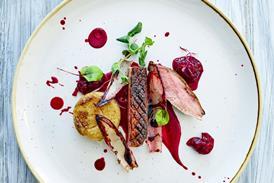Future growth prospects for foodservice delivery

Market growth in 2024 will be supported by inflation, continued expansion, and innovation that targets increased transaction value and additional missions, according to Lumina Intelligence
Already have an account? Sign in






























